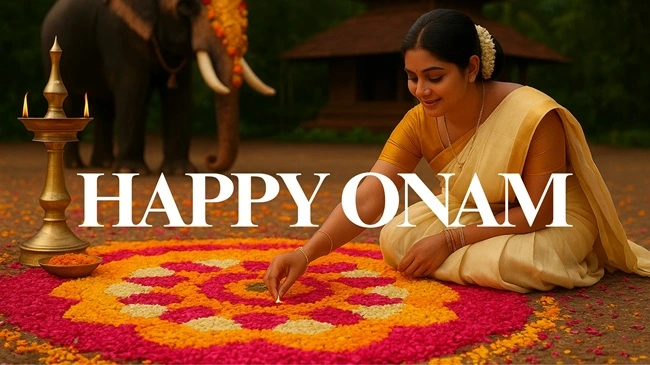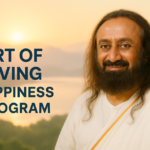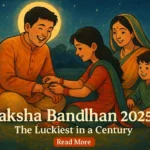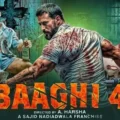India is a land of vibrant festivals, each celebrating culture, heritage, and togetherness. Among these, Onam holds a special place in the hearts of Malayalis (people of Kerala) and Indians worldwide. Celebrated with grandeur and joy, Onam is not just a harvest festival but also a cultural identity of Kerala. It brings together stories of mythology, nature’s abundance, art, dance, food, and unity.
In this article, we’ll dive deep into the history, significance, rituals, celebrations, food and cultural aspects of Onam, making it a complete guide for anyone curious to understand this incredible festival.
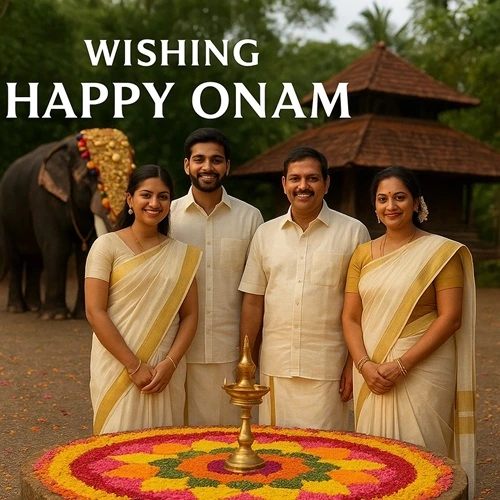
What is Onam?
Onam is the biggest and most important festival of Kerala, celebrated over ten days during the Malayalam month of Chingam (August–September). It is marked as the harvest festival and is deeply connected with the legendary King Mahabali.
For Malayalis, Onam is more than a festival, it is an emotion that symbolizes prosperity, equality, and happiness. From traditional games and folk performances to grand feasts and boat races, Onam showcases the cultural richness of Kerala in its purest form.
Historical and Mythological Significance of Onam
The roots of Onam lie in Hindu mythology, particularly the legend of Mahabali, the benevolent demon king.
- According to belief, Mahabali once ruled Kerala and was loved by his people for his just and generous nature. His reign was considered the golden era, where there was no discrimination, poverty, or sorrow.
- However, the gods grew insecure about his growing popularity and sought the help of Lord Vishnu.
- Vishnu took the form of Vamana, a dwarf Brahmin, and visited Mahabali. He asked for three paces of land. When Mahabali agreed, Vamana grew into a gigantic form and covered the earth and heavens in two steps. For the third step, Mahabali offered his head.
- Impressed by his humility and devotion, Lord Vishnu granted him a boon that he could visit his people once a year.
That annual visit is celebrated as Onam, where people welcome their beloved king with open hearts, symbolizing love, unity, and equality.
Duration of Onam Festival: The Ten Days of Joy
Onam lasts ten days, with each day holding its own rituals and significance.
- Atham – The beginning of Onam celebrations, marked by the making of Pookkalam (flower carpets).
- Chithira – Families start cleaning and decorating their homes.
- Chodhi – New layers of flowers are added to Pookkalam.
- Vishakam – Markets get crowded as people buy essentials.
- Anizham – Preparations for Vallam Kali (Snake Boat Race).
- Thriketa – Families come together for celebrations.
- Moolam – Small feasts and cultural programs begin.
- Pooradam – Clay idols of Mahabali and Vamana are placed in Pookkalam.
- Uthradam – Considered the ‘first Onam,’ marking the eve of Thiruvonam.
- Thiruvonam – The most important day, when people welcome King Mahabali with feasts, prayers, and celebrations.
Key Traditions and Rituals of Onam
1. Pookkalam (Flower Carpet)
One of the most visually stunning traditions, Pookkalam is a floral arrangement made at the entrance of homes. Each day, a new layer of flowers is added, symbolizing growth and prosperity. It is also seen as a welcome mat for King Mahabali.
2. Onam Sadya (Grand Feast)
The highlight of Onam is the Onam Sadya, a traditional vegetarian feast served on a banana leaf. It usually consists of 26–30 dishes, including Avial, Sambar, Rasam, Olan, Erissery, Kootu Curry, Payasam, and more. Sadya is not just food, it is an art of hospitality and togetherness.
3. Vallam Kali (Snake Boat Race)
Kerala’s famous boat race is organized during Onam. Long snake shaped boats rowed by hundreds of men glide through rivers, cheered by thousands of spectators. It represents unity, teamwork, and Kerala’s sporting spirit.
4. Kaikottikali (Thiruvathirakali Dance)
Women dress in traditional white and gold sarees and perform the Kaikottikali dance around a lamp, celebrating femininity, joy, and cultural pride.
5. Onakalikal (Games and Sports)
Traditional games like Talappanthukali (ball game), Kutukutu (Kabaddi), Kayyankali (wrestling), and tug-of-war are played, adding fun and energy to the celebrations.
6. Cultural Performances
Kathakali (classical dance-drama), Pulikali (tiger dance), and other folk art forms are performed across Kerala during Onam. Streets, temples, and auditoriums come alive with music and colors.
Cultural Importance of Onam
Onam is more than a festival—it is a celebration of Kerala’s heritage.
- It unites people across religions, castes, and communities.
- It promotes traditional art forms, cuisine, and values.
- It signifies gratitude for the harvest and nature’s blessings.
- It carries forward the legacy of equality and prosperity under King Mahabali.
Even Malayali communities living outside India celebrate Onam with equal enthusiasm, keeping their traditions alive globally.
Onam Across Kerala: How Different Places Celebrate
- Thrissur – Known for Pulikali, where performers paint themselves as tigers and entertain crowds.
- Alappuzha – Hosts the grand Nehru Trophy Boat Race, attracting tourists worldwide.
- Kochi & Trivandrum – Cultural events, shopping festivals, and grand Onam markets are organized.
- Villages – Traditional games, Sadya feasts, and community gatherings create an authentic Onam spirit.
Modern-Day Onam Celebrations
While traditions remain intact, modern Onam has also evolved:
- Schools and colleges organize Onam fests.
- Offices arrange Onam Sadya for employees.
- Social media platforms trend with Onam wishes, Pookkalam pictures, and Sadya reels.
- Tourism peaks in Kerala during Onam, with travelers experiencing the authentic cultural vibe.
Onam and Tourism in Kerala
Onam is also a major tourism driver for Kerala. Visitors come to witness:
- Vallam Kali (Boat Races)
- Kathakali and Mohiniyattam performances
- Grand markets and cultural fairs
- Traditional Sadya in authentic Kerala style
The Kerala Tourism Department promotes Onam worldwide, branding it as a festival of “God’s Own Country.”
Onam 2025 Dates
In 2025, Onam will be celebrated from August 27 to September 6, with Thiruvonam on September 5, 2025 being the main day of celebrations.
Onam Beyond Religion
Though rooted in Hindu mythology, Onam is celebrated by people of all religions in Kerala. For Christians and Muslims too, Onam is an occasion for joy, feasting, and togetherness. This makes Onam a truly secular festival, emphasizing unity in diversity.
Why Onam Matters Today
In today’s fast-paced world, festivals like Onam remind us of values often forgotten:
- The importance of unity and equality.
- The joy of sharing meals and moments with loved ones.
- The need to stay connected with cultural roots.
- Gratitude for nature’s abundance and blessings.
Conclusion
Onam is not just Kerala’s festival; it’s India’s pride. It beautifully blends mythology, culture, tradition, and community spirit. Whether it is the majestic Vallam Kali, the soulful Onam Sadya, the artistic Pookkalam, or the festive laughter shared among families, Onam continues to spread happiness and unity.
As the legend goes, every Onam, King Mahabali returns to see his people happy. And indeed, the spirit of Onam ensures that his wish is fulfilled every single year.
For Latest Updates on Indian Festivals, Please Follow Popnewsblend.com.

Hi, I’m Prashant Jain — a curious soul, storyteller, and content creator at heart.I’ve always been drawn to the world of entertainment, travel, sports, health & lifestyle — not just as a writer, but as someone who genuinely lives these experiences. Whether I’m binge-watching the latest OTT series, exploring offbeat spiritual destinations in India, or diving deep into wellness routines and cricket match insights, I love sharing what I discover with like-minded readers.
PopNewsBlend is my way of blending personal journeys with meaningful stories — ones that inform, inspire, and keep you ahead of the curve. Everything I write comes from real observations, hands-on experiences, and a deep passion for understanding the world around us.
Discover more from Popnewsblend
Subscribe to get the latest posts sent to your email.

